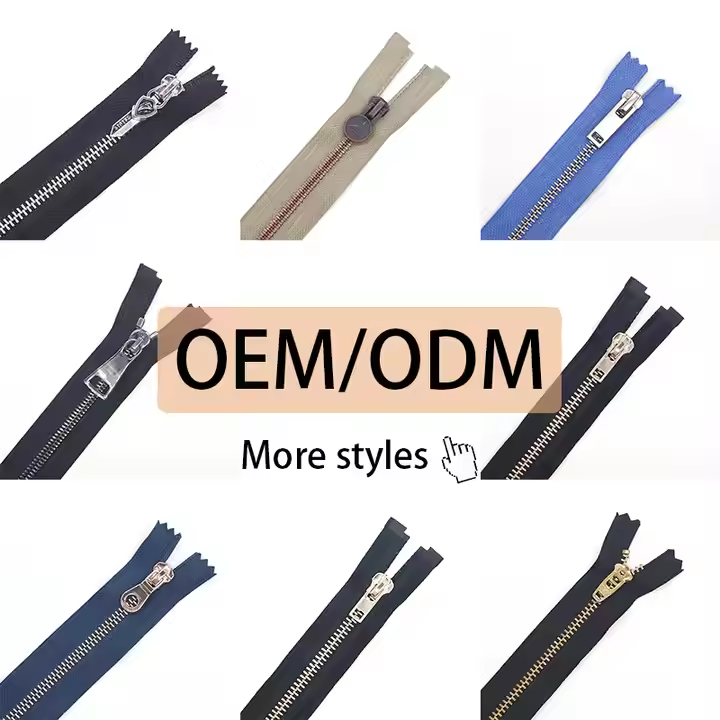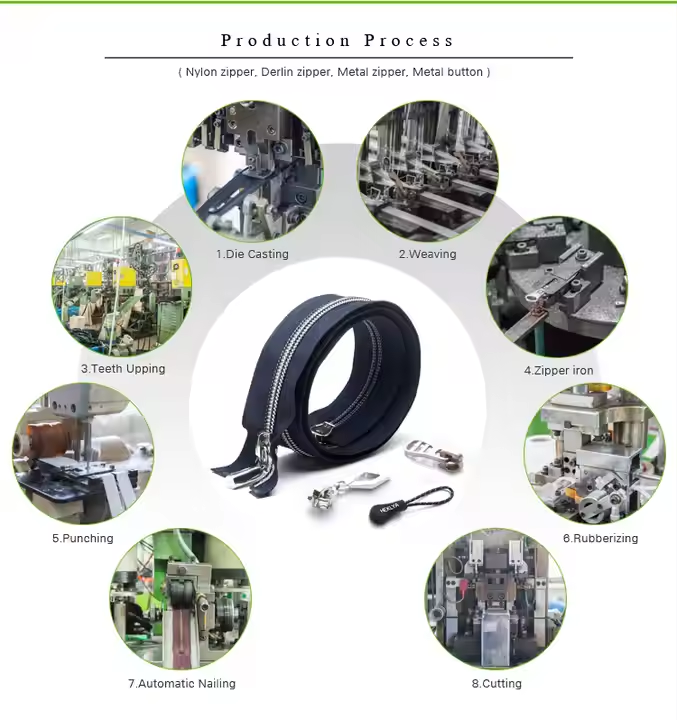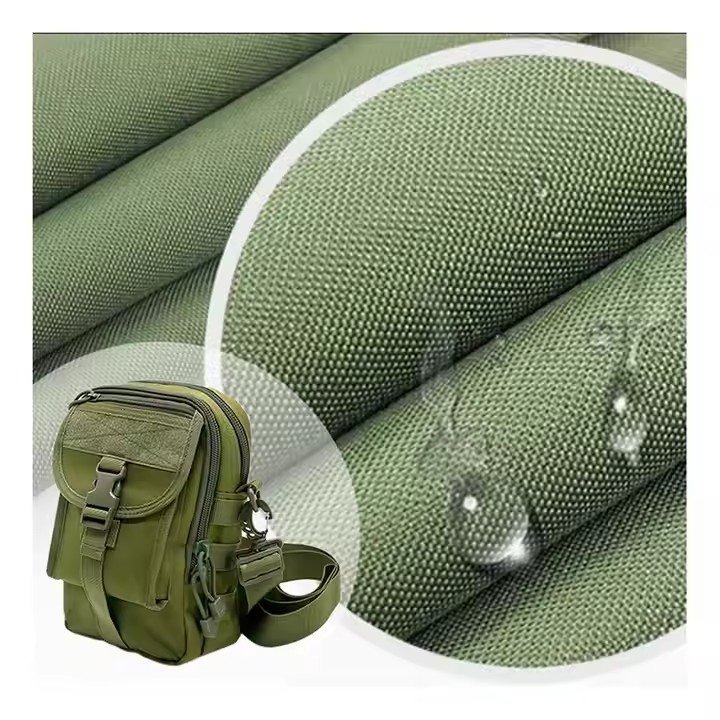What Are the Different Types of Zippers, and Which One Is Best for You?
Zippers are an essential part of our daily lives, found in everything from clothing and bags to tents and upholstery. They provide a convenient and reliable way to fasten items, offering both functionality and style. But did you know that there are many different types of zippers, each with its own unique features and benefits? In this blog post, we’ll explore the various types of zippers available and help you determine which one is best suited to your needs.
1. Types of Zippers Based on Material
a. Metal Zippers
Metal zippers are among the most durable and robust options available. They are typically made from brass, aluminum, or nickel, giving them a sleek and polished appearance. These zippers are ideal for heavy-duty applications, such as jackets, leather bags, and outdoor gear, where strength and longevity are crucial.
Pros:
-
Extremely durable and long-lasting.
-
Provide a high-quality look and feel.
-
Suitable for heavy fabrics and thick materials.
Cons:
-
Can be more expensive than other types.
-
Heavier in weight, which might not be ideal for lightweight items.
b. Plastic Zippers
Plastic zippers are a popular choice for a wide range of applications due to their versatility and affordability. They come in various colors and can be easily matched to different fabrics. Plastic zippers are commonly used in clothing, bags, and home furnishings.
Pros:
-
Lightweight and flexible.
-
Available in a wide range of colors and finishes.
-
More affordable than metal zippers.
Cons:
-
Less durable than metal zippers.
-
May wear out faster with heavy use.
c. Coil Zippers
Coil zippers are made from a continuous coil of plastic or nylon, giving them a smooth and flexible feel. They are often used in clothing, luggage, and outdoor gear due to their ability to withstand repeated use without breaking. Coil zippers are also known for their smooth operation and quiet performance.
Pros:
-
Very flexible and smooth operation.
-
Durable and resistant to wear.
-
Available in various sizes and colors.
Cons:
-
May be less sturdy than metal zippers.
-
Can be more challenging to repair if damaged.
2. Types of Zippers Based on Function
a. Separating Zippers
Separating zippers are designed to allow two pieces of fabric to be completely separated when unzipped. They are commonly used in jackets, coats, and outdoor gear, where the ability to fully open the zipper is essential. Separating zippers are also popular in bags and luggage, providing easy access to the contents.
Pros:
-
Allows for full separation of the zipper.
-
Ideal for items that need to be opened completely.
-
Suitable for heavy-duty use.
Cons:
-
May require more maintenance to ensure smooth operation.
-
Can be more expensive than non-separating zippers.
b. Closed-End Zippers
Closed-end zippers are designed to keep two pieces of fabric joined together at one end. They are commonly used in bags, pouches, and clothing items like pants and skirts. Closed-end zippers are ideal for applications where the zipper does not need to be fully separated.
Pros:
-
Keeps the zipper securely closed at one end.
-
Suitable for a wide range of applications.
-
Generally more affordable than separating zippers.
Cons:
-
Limited to applications where full separation is not required.
-
May wear out faster with frequent use.
c. Invisible Zippers
Invisible zippers are designed to blend seamlessly into the fabric, providing a clean and polished appearance. They are commonly used in dresses, skirts, and other clothing items where a discreet zipper is desired. Invisible zippers are also popular in home furnishings, such as cushions and upholstery.
Pros:
-
Provides a seamless and discreet appearance.
-
Suitable for high-end fashion and home decor.
-
Available in a wide range of sizes and colors.
Cons:
-
Requires more precision to install correctly.
-
May be more expensive than other types of zippers.
3. Choosing the Right Zipper for Your Needs
When selecting a zipper, it’s important to consider the specific requirements of your project. Here are a few key factors to keep in mind:
a. Material
-
Durability: If you need a zipper for heavy-duty use, metal zippers are the best choice.
-
Weight: For lightweight applications, plastic or coil zippers are more suitable.
-
Aesthetics: Consider the appearance of the zipper in relation to the fabric and overall design.
b. Function
-
Separation: If you need a zipper that can fully separate, choose a separating zipper.
-
Discretion: For a seamless look, opt for an invisible zipper.
-
Ease of Use: Coil zippers are ideal for smooth and quiet operation.
c. Size
-
Ensure the zipper size matches the scale of your project. Smaller zippers are suitable for delicate items, while larger zippers are better for heavy-duty applications.
d. Maintenance
-
Regularly clean and lubricate your zippers to ensure smooth operation.
-
Avoid overloading items with zippers to prevent strain and damage.
Conclusion
Zippers are an incredibly versatile and essential component in many everyday items. With so many types to choose from, it’s important to understand the unique features and benefits of each to make the right decision for your needs. Whether you’re looking for durability, aesthetics, or functionality, there’s a zipper out there that’s perfect for you. By considering the material, function, and size of the zipper, you can ensure that your project is both stylish and functional. Happy zipping!








